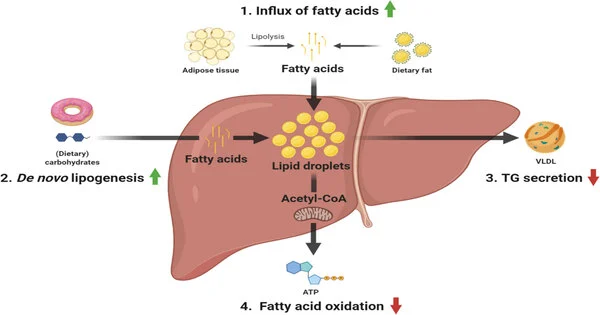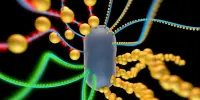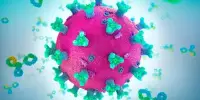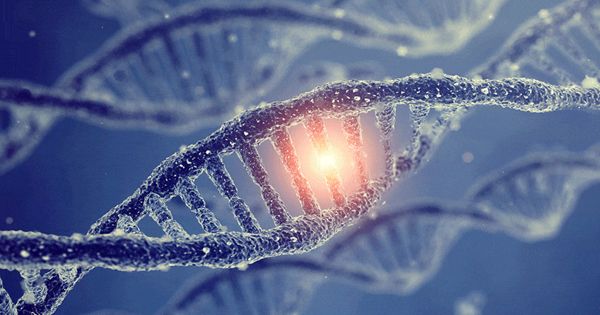Lipid biosynthesis is a complex process that produces a variety of lipid compounds, including fatty acids, triglycerides, phospholipids, and cholesterol. Fatty acids play an important part in this process, acting as building blocks for more complex lipids.
SREBPs serve an important function in lipid production. In a recent study, researchers discovered a new cleavage enzyme for SREBP-1c, a major participant in fatty acid biosynthesis. Furthermore, the scientists discovered for the first time that saturated fatty acids trigger the production of fatty acids in the liver while polyunsaturated fatty acids block it, revealing fresh insights into the inner workings of this cleavage mechanism.
Researchers have been researching the transcription factor SREBP, which is a key regulator of lipid production. The golgi apparatus transports precursor SREBP proteins from the cell’s endoplasmic reticulum (ER) to the nucleus. They increase the transcription of lipid biosynthesis genes, which plays an important role in cholesterol regulation.
The RHBDL4-SREBP-1c pathway discovered in this study is a lipid homeostasis mechanism regulated by fatty acids. This significant discovery is expected to pave the door for novel therapeutic approaches for metabolic disorders and lifestyle-related diseases caused by aberrant lipid metabolism.
SREBP-1c, a member of the SREBP family, is known to promote fatty acid production. Interestingly, polyunsaturated fatty acids impede this activity. However, the specific mechanism underlying this control has yet to be determined.
The research team elucidated a novel cleavage mechanism of SREBP-1c, a protein involved in fatty acid synthesis, and confirmed its regulation by fatty acids. The cleavage of SREBP-1c occurs in the endoplasmic reticulum, with the rhomboid protease RHBDL4, located in the ER membrane, identified as a new cleavage enzyme for SREBP-1c.
This cleavage process is activated by saturated fatty acids and deactivated by polyunsaturated fatty acids, suggesting that RHBDL4’s activity is modulated by the type of fatty acid. Additionally, the team discovered a unique mechanism where the VCP complex extracts the cleaved SREBP-1c protein from the endoplasmic reticulum.
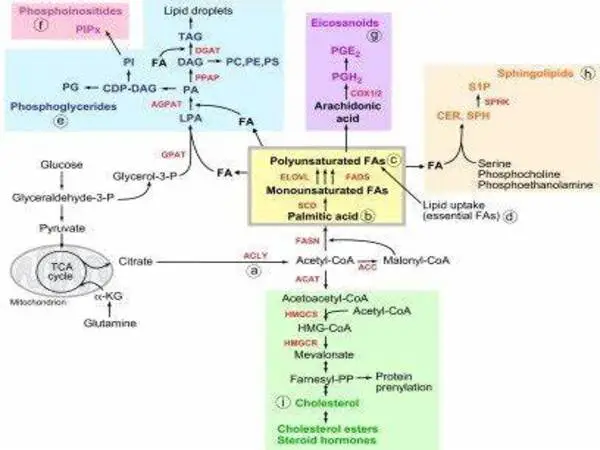
In the livers of mice deficient in the RHBDL4 gene and fed a high-fat and high-cholesterol diet, the activation of SREBP-1c cleavage was suppressed. This inhibited the expression of a group of target genes involved in fatty acid synthesis, polyunsaturated fatty acid synthesis and uptake, and lipoprotein secretion, which improved fatty liver pathophysiology, as observed in wild-type mice.
The RHBDL4-SREBP-1c pathway discovered in this study is a lipid homeostasis mechanism regulated by fatty acids. This significant discovery is expected to pave the door for novel therapeutic approaches for metabolic disorders and lifestyle-related diseases caused by aberrant lipid metabolism.
SREBPs are transcription factors that regulate genes involved in lipid production and absorption. When cellular lipid levels are low, SREBPs are activated, resulting in the activation of genes involved in fatty acid and lipid synthesis.
